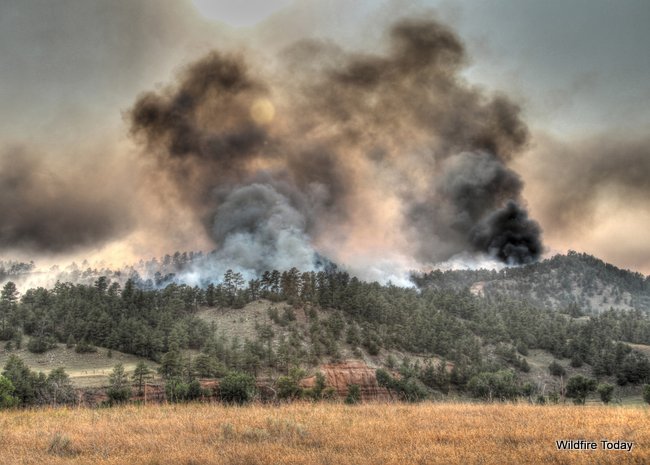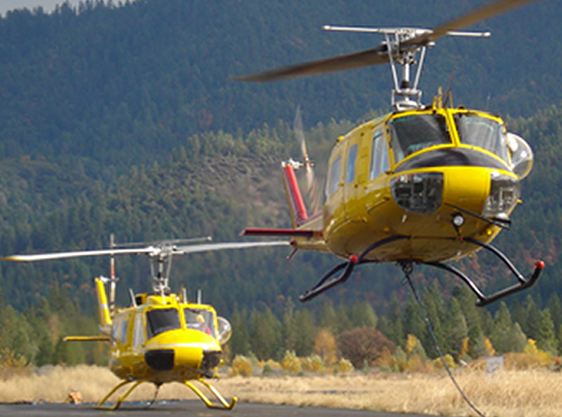Having medical personnel on a fire with the ability to administer IVs may have prevented a death on the Halstead Fire near Stanley, Idaho in September.
The firefighters at the incident base were sleeping in cold, damp, conditions. At times the temperature was as low as 12 degrees at night and inversions caused the area to be smoked in.
The firefighter was diagnosed with septic shock which has a death rate of over 60 percent. The initial treatment by a medic may have saved his life. Congratulations to the medic for the treatment provided, and to the Incident Management Team for having a Medical Unit on scene with the ability to administer IVs.
Here are some excerpts from the Facilitated Learning Analysis:
============================================================
On September 13, 2012, “Jim”, a firefighter from the Halstead fire, near Stanley, Idaho, was transported via ambulance to a hospital in Ketchum, Idaho. The next morning he was transported by life flight to Twin Falls, Idaho. He was diagnosed with pneumonia and sepsis [blood poisoning], and was suffering from septic shock. He stayed in the ICU for two days and remained in the hospital for three additional days.
[…]
In the days leading up to the incident, the Medical Unit on the fire reported having 30 to 40 cough and cold symptom related cases a day; roughly 10 to 15 percent of the people in camp.
[…after being treated at the fire and while being transported to the hospital…]
The next morning the attending physician elected to transport Jim via life flight to a larger medical facility in Twin Falls. Jim had been diagnosed with pneumonia and sepsis, and was suffering from septic shock. In layman’s terms that means he had fluid in his lungs and was suffering from blood poisoning, and the blood poisoning sent his body into shock. The doctor’s assessment was that the blood poisoning was caused by the pneumonia.
The next morning CRWB(t) saw Jim just after he had a “central line” put in his neck. A centralline is used to administer medication or fluids, obtain blood tests (specifically the “mixed venous oxygen saturation”), and directly obtain cardiovascular measurements such as the central venous pressure. CRWB(t) saw quite a bit of blood on Jim and saw his demeanor and became very concerned. He asked one of the hospital staff how Jim was doing and the person replied by asking CRWB(t) how old he was. CRWB(t) said “27” and the person said, “If this had happened to you, you would be dead right now.” CRWB(t) did not leave Jim’s side from that moment until Jim’s mom came to look after him.
According to WebMD (www.webmd.com), permanent organ damage can occur in people who survive sepsis, the death rate for sepsis is 20%, and the death rate from septic shock is over 60%.




